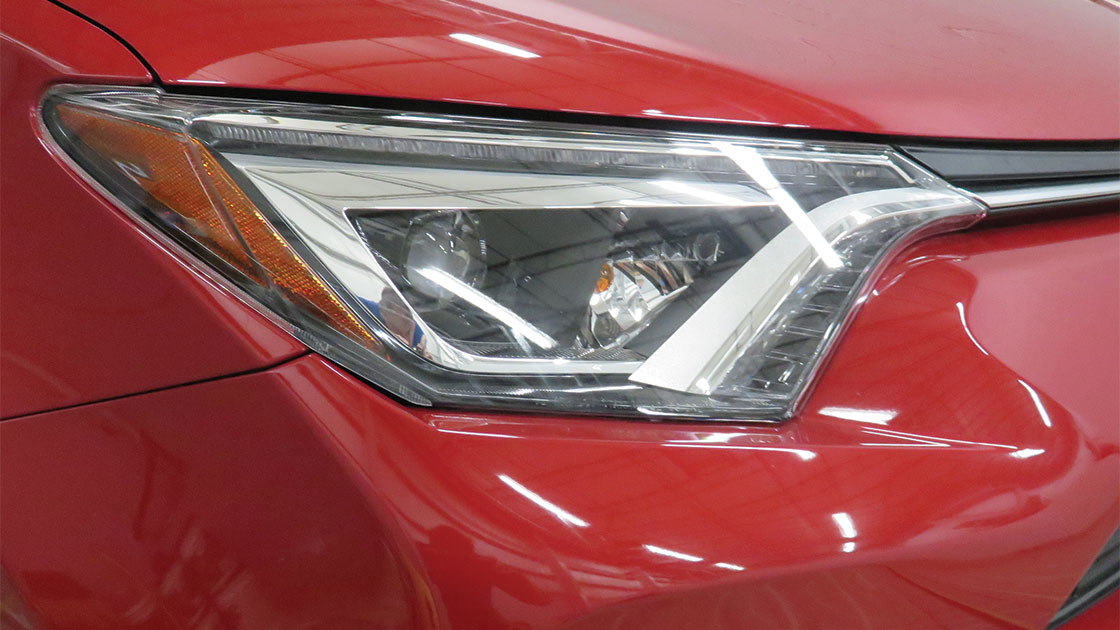IIHS tweaks headlight rating system
December 8, 2016

IIHS has adjusted the way it accounts for glare in its headlight evaluations. The goal is to do a better job of promoting optimal visibility while still guarding against the kind of persistent glare that can impede the visibility of other drivers.
Under the original rating system rolled out in March (see "New ratings show most headlights need improvement," March 30, 2016), headlights that created glare beyond a set threshold while traveling straight or on any of four different curves were automatically demoted to a marginal rating even if they provided good visibility. Vehicles that exceeded the threshold just a little were treated the same as vehicles with much bigger glare problems.
Since the change implemented this fall, the Institute is using a system of demerits to account for glare, just like it does for visibility. The number of demerits depends on the number of test scenarios (curves and straightaway) that show excessive glare as well as the extent to which the glare threshold is exceeded.
The change means that a vehicle with good visibility that exceeds the glare threshold by only a small amount on a single curve could still earn a good rating. By the same token, some vehicles that create a lot more glare than the threshold or in multiple situations will be penalized more heavily under the new system.
"Our goal of promoting good visibility without excessive glare hasn't changed," says IIHS Senior Research Engineer Matthew Brumbelow. "However, we realized that some manufacturers were 'playing it safe' and aiming their headlights low to the detriment of visibility. Our new system does a better job of balancing glare and visibility."
Far from giving manufacturers a pass on glare, the change means a vehicle with no visibility demerits but high levels of glare could earn a poor rating, something that wasn't possible under the old system.
A related change involves the extra credit awarded for vehicles with high-beam assist, which automatically switches between high beams and low beams based on the presence of other vehicles. Previously, if a vehicle had excessive glare in any of the test scenarios, it wouldn't receive the credit for that scenario. Now, any vehicle with high-beam assist will get the credit for all approaches on which the high beams provide better visibility than the low beams.
The changes are being applied retroactively, so a small number of previously released ratings have changed.